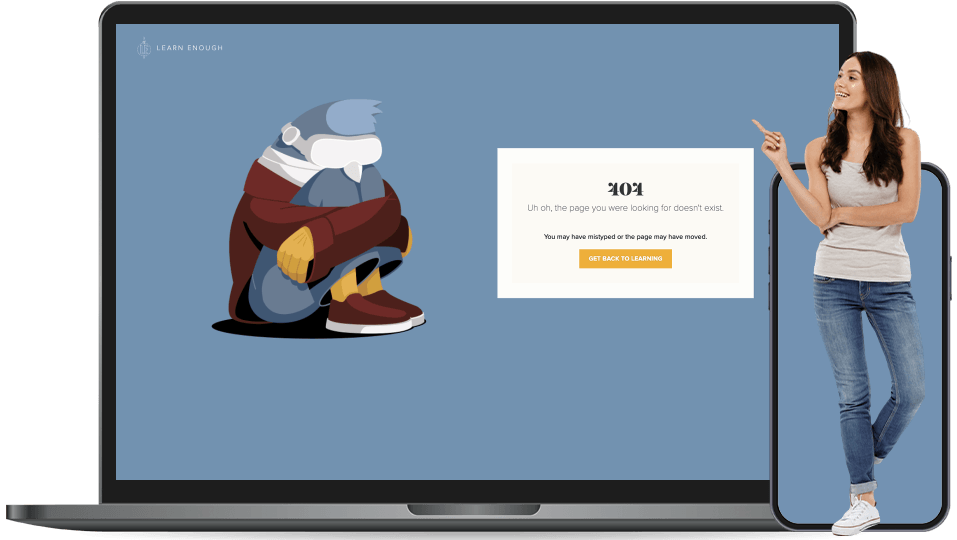Railstutorial: A Comprehensive Guide to Ruby on Rails Development
Introduction to Ruby on Rails
Ruby on Rails is a popular web development framework written in the Ruby programming language. It is known for its elegant syntax and convention over configuration philosophy, which makes it easy to build complex web applications quickly and efficiently.
Key Points:
- Open-source framework
- Follows the Model-View-Controller (MVC) design pattern
- Emphasizes code readability and reusability
Getting Started with Railstutorial
The Railstutorial is a comprehensive resource for learning Ruby on Rails. It covers everything from setting up your development environment to deploying your application to a production server. Whether you are a beginner or an experienced developer, this tutorial has something for everyone.
Key Points:
- Step-by-step instructions for setting up your development environment
- Guided exercises to reinforce your learning
Understanding the Rails Framework
Before diving into building your first Rails application, it's important to understand the basics of the Rails framework. This section will cover key concepts such as routing, controllers, models, and views, as well as how they work together to create a dynamic web application.
Key Points:
- RESTful routing for creating clean and maintainable URLs
- Controllers to handle user requests and process data
- Models to interact with the database and perform business logic
- Views to generate HTML output for the user
Building Your First Rails Application
Now that you have a solid understanding of the Rails framework, it's time to put your knowledge to the test by building your first Rails application. In this section, you will learn how to create a new Rails project, generate models and controllers, set up routes, and use scaffolding to create a basic CRUD (Create, Read, Update, Delete) application.
Key Points:
- Running the rails new command to create a new Rails project
- Generating models and controllers using the rails generate command
- Setting up routes in the config/routes.rb file
- Using scaffolding to quickly create a basic CRUD application
Working with Databases in Rails
One of the key features of Rails is its built-in support for databases. In this section, you will learn how to set up a database connection, create tables and columns using migrations, and interact with the database using ActiveRecord, Rails' object-relational mapping (ORM) library.
Key Points:
- Configuring a database connection in the config/database.yml file
- Creating tables and columns using Rails migrations
- CRUD operations using ActiveRecord methods
- Querying the database using ActiveRecord query methods
Adding Authentication and Authorization to Your Rails Application
Security is a top priority for web applications. In this section, you will learn how to add authentication and authorization to your Rails application using the Devise gem. Devise makes it easy to add user registration, login, and password reset functionality, as well as role-based access control to your application.
Key Points:
- Installing the Devise gem and configuring it for your Rails application
- Adding user authentication and authorization to your application
- Customizing Devise views and controllers to match your application's design
- Implementing role-based access control using Pundit
Testing Your Rails Application
Testing is an essential part of the software development process. In this section, you will learn how to write automated tests for your Rails application using the RSpec testing framework. You will also learn how to use FactoryGirl to create test data, and Capybara to write integration tests for your application.






